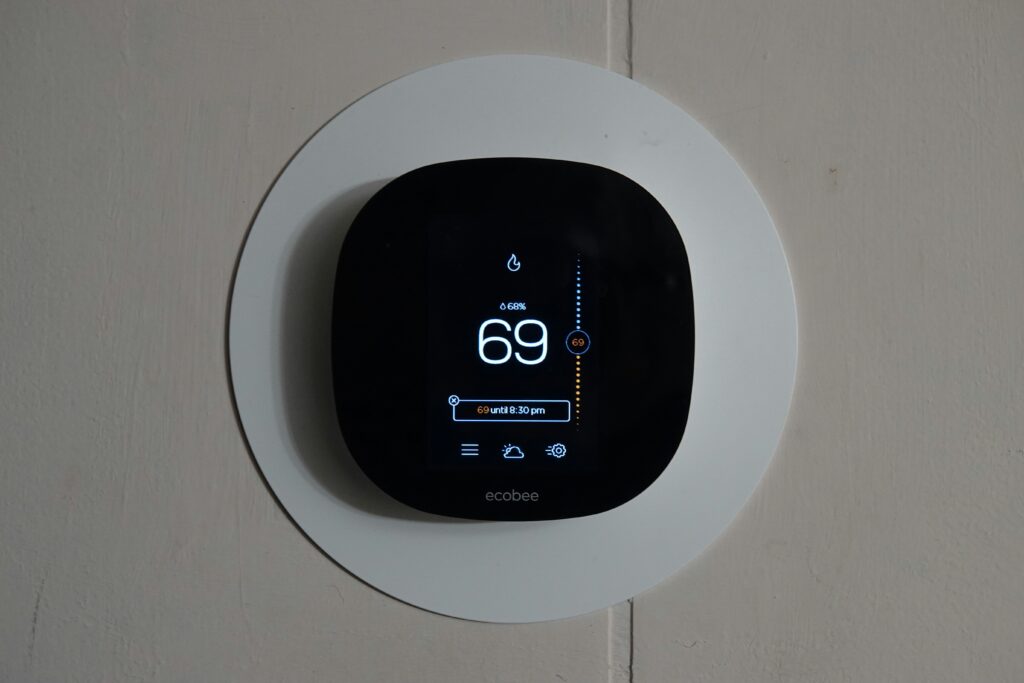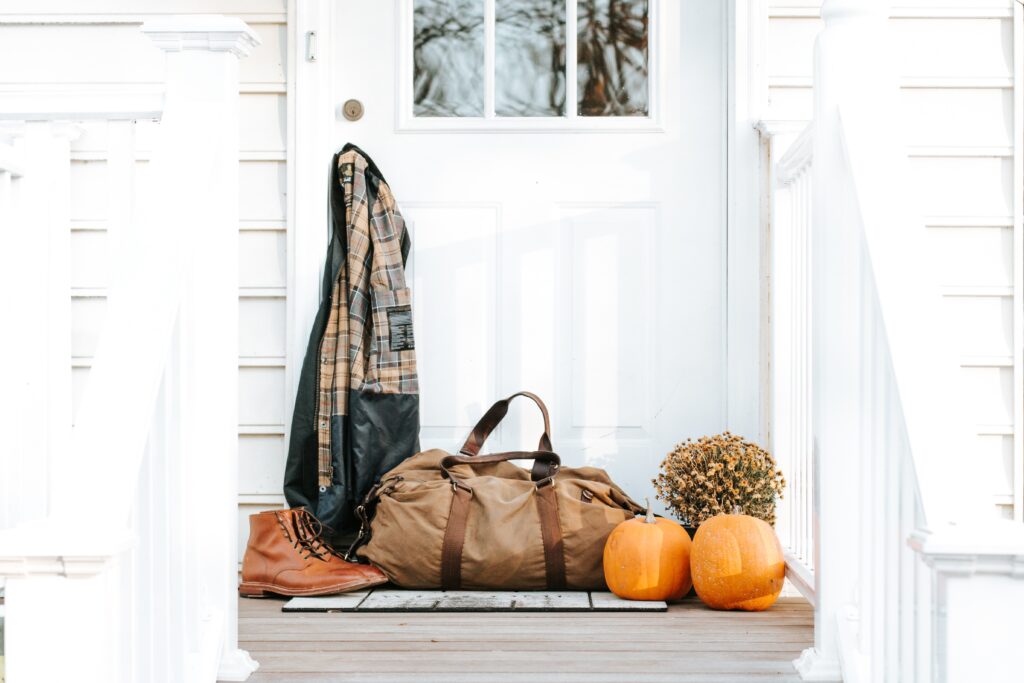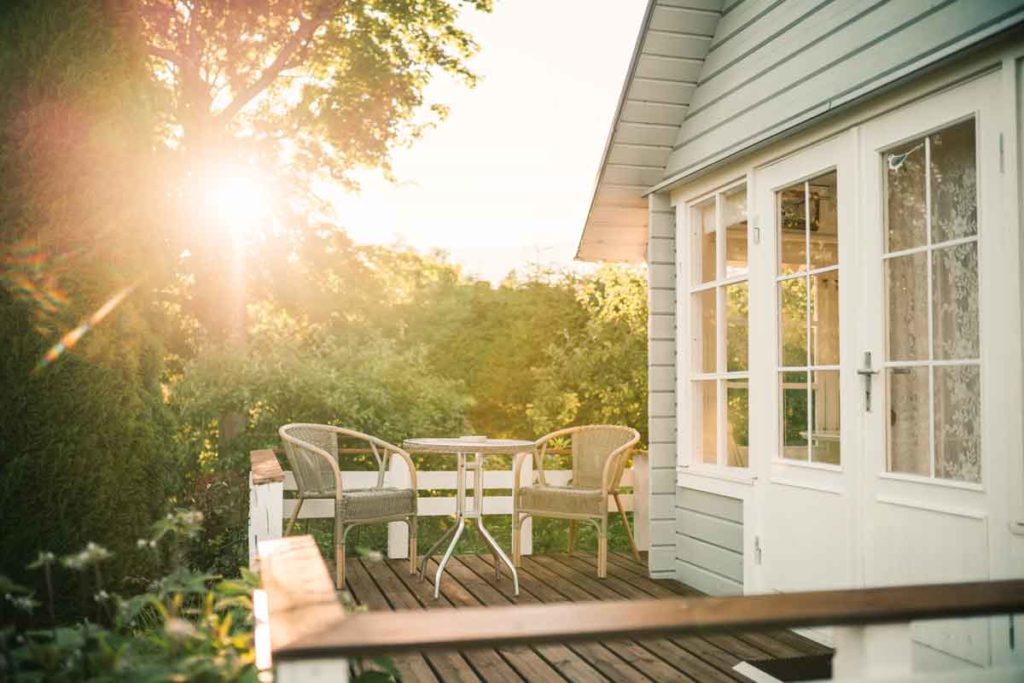Mold is a type of fungus that comes from microscopic spores floating in the air.
Typically, you find mold in areas that collect moisture or have temperature swings that can cause condensation or dampness on the surfaces. Molds can grow on any surface and then rapidly reproduce through spores becoming visible to the naked human eye. There are any number of places in your home that can collect mold, here are few common areas for you to check.
Your Bathroom
The damp environment is an invitation for mold growth. For this reason, you should inspect shower tiles, bathtubs, windowsills, the corners of your bath surround, behind the toilet, inside your cabinets, etc., to see any ingress of mold formation. If you have a bathroom vent take some time and ensure it is clean to both improve airflow through the fan but also to remove any dust and debris that can give mold a place to grab onto. Moreover, repair leaky faucets and pipes without delays to avoid mold growth because a drip of any sort can lead to the growth of mold, but also can permanently damage your bathroom cabinets, floors and any finished areas beneath the bathroom (but that’s another blog for another time).
The Kitchen
This is not a fun habit but cleaning the dishes after every meal and emptying the garbage can every night is a good idea because food particles attract molds fast and provide an ideal ecosystem for the mold to spread quickly. Also, similar to your bathroom, inspect the moist areas in the kitchen, especially underneath and around the sink area. The same as your dishes, always keep your microwave oven (yes that means if it splatters from not being covered clean it up immediately), stove and pots and pans clean and dry.
Your Bedroom
All indoor spaces, including your bedroom, are susceptible to mold growth because mold is an airborne spore that can travel anywhere in your house. When it comes to the bedroom, check around your bed for any signs of mold growth in your mattress, and those missing socks that keep disappearing. It is a very good idea to regularly check the windows and their sills. Inspecting your air conditioning and heating vents for any mold growth is important as well as regularly cleaning or having your ducts cleaned by a professional. Use a dehumidifier to offset any moisture in the air.
Basement and Laundry Area
Basements are a haven for mold. Often they are dark, damp, cool places where the air is still and mold can fester and grow undisturbed. If your basement is not accessible or is difficult please call in a professional to inspect for and remove any mold to keep your basement livable. The change of seasons is a good time to have someone come in and take a look around. Be sure to inspect the pipes and ducting for any leakage and condensation, etc. just like in bathrooms and kitchen. If possible, paint your basement foundation walls with anti-mold paint. Make sure to move your laundry appliances and check the walls surrounding them as well as the floor underneath them and clean the dust away from your dryer to increase the efficiency and also reduce the fire hazard.
Garage
The garage may have a leaky roof, making it an ideal spot for mold growth. Rain or snowmelt getting into the garage can also invite molds and cause damage to other areas. In our region there are times of the year where it is very difficult to keep the garage dry, but do your best, sweep out snow and slush during the winter and push rainwater dripping from your car out when you get home during a storm. We recommend purchasing a good broom and squeegee to push water either out the door or to the garage drain.
Conclusion
Nobody wants to have mold growth in their home, but don’t worry, we’re here to help. If you have concerns with mold in your home, give us a call and we can help discover areas that may be leading to the mold growing and help with the remediation.





